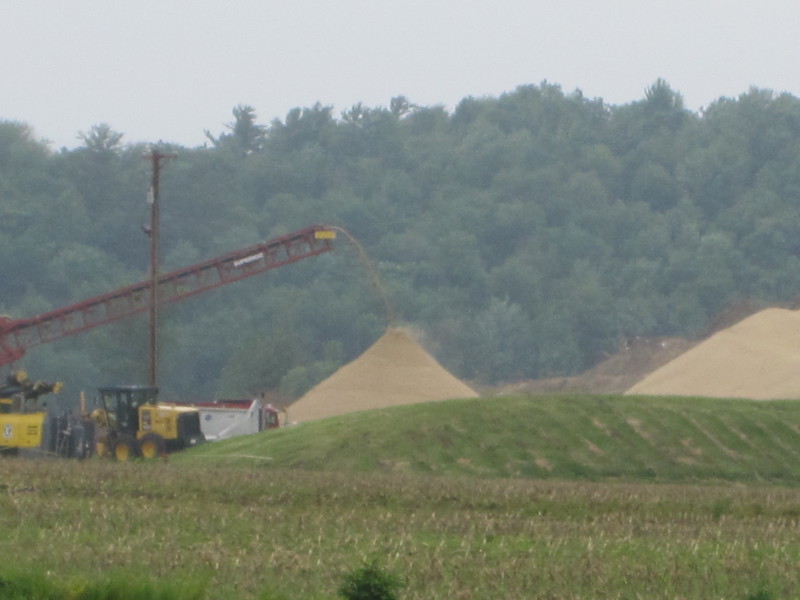
Bodily Sense Environmental Data Methods
photo credit Stevie Lewis and Mathew Lippincott
Body Sensory Environmental Data Collection Methods
Can our five bodily senses be used to collect environmental data? Would that data be recognized by environmental agencies, good-neighbor industries, planning departments, or in legal proceedings?
In community science, access to tools is often a limiting factor. There is no more accessible tool than a person's own bodily sense!
Here I want us (yes, us!) to gather a list of regulations or environmental criteria that utilize bodily senses in their designation (for example, there are criteria for the color of water discharged into natural waterways). Below that, I'd like us to list, and hopefully provide hyperlinks to, official methods that are based on bodily senses. Hopefully we can build advocacy training modules related to using these methods too!
Lists of known regulations or criteria pertaining to bodily sensory data
See
visible emissions based on opacity
water turbidity (water clarity)
discharged water color
stream water color
Smell (and Flavor)
- odor nuisance laws
- secondary drinking water standards
Taste (be careful as this would only refer to the basic tastes of sweetness, saltiness, sourness, bitterness, and umami!)
- ?
Hear
- noise nuisance laws (industrial facilities often have to comply with a local permit that specify noise limits or time-of-day limits).
Touch
Official Methods using Bodily Senses
See
- Visual Emissions Opacity Evaluations
EPA Method 9 enables a certified observer (who can be anyone) to observe emissions from smoke stacks, or fugitive emissions from a source such as a dusty road, to evaluate whether or not the emission is too opaque (not transparent enough). EPA Method 22 is essentially the same as Method 9, but the observer does not have to be certified. EPA Method 22 does not warrant an enforcement response, but EPA Method 9 does. Both EPA Method 9 and 22 require quite a bit of ancillary information to support the visual evaluation though, including environmental conditions like wind speed and direction, and observational conditions, such as distance from the source.
- Digital Camera Opacity Technique
The Digital Camera Opacity Technique, ASTM D7520, has also been recognized as EPA alternative method 82. This technique is based on EPA Method 9, but includes an observer taking pictures rather than recording their own observations of opacity, and then using computer software to analyze the emissions opacity. So, it's not exactly a bodily sense technique, but is similar enough to EPA Method 9 and 22 that I figured it could be useful to include in this list.